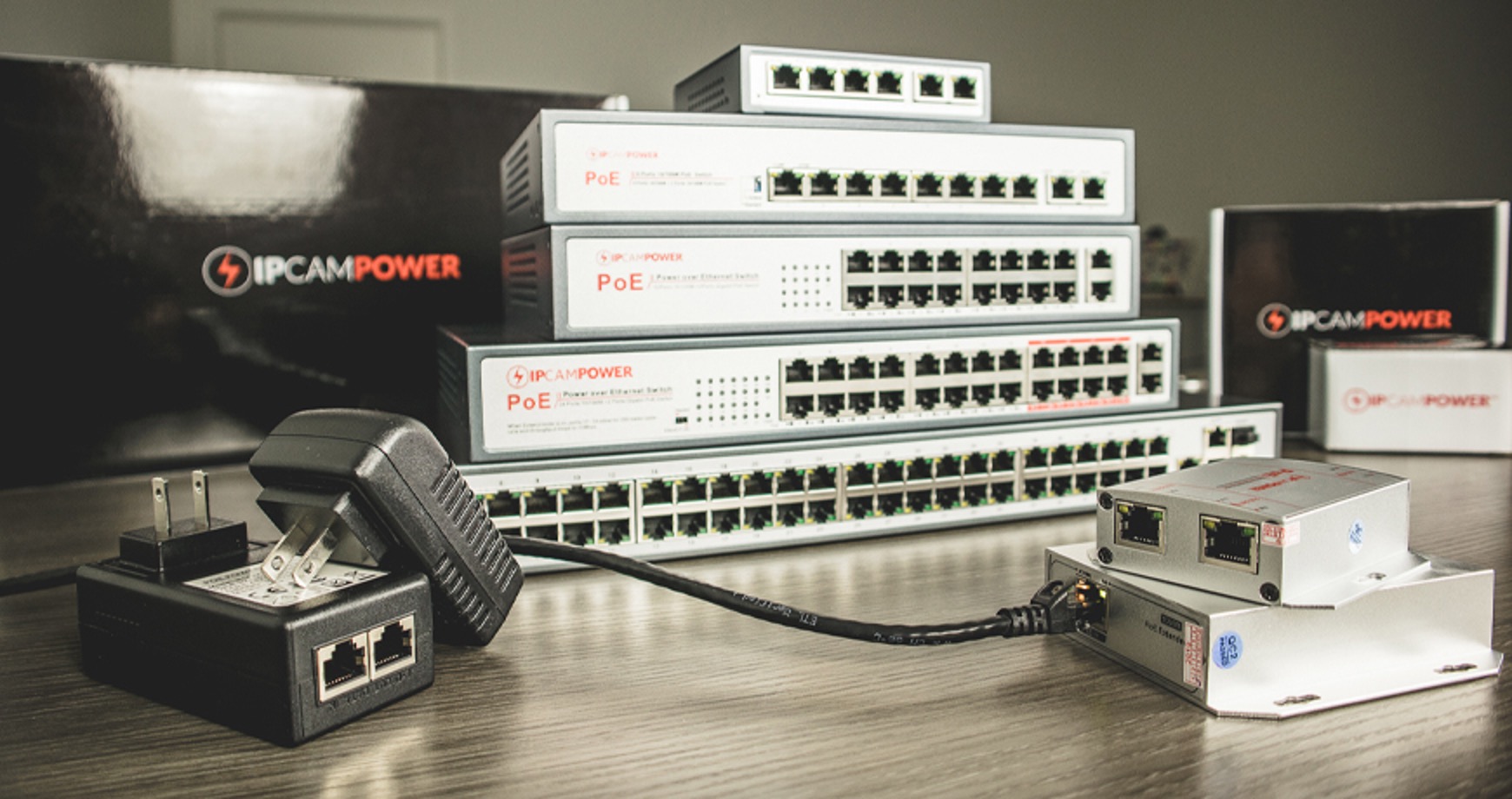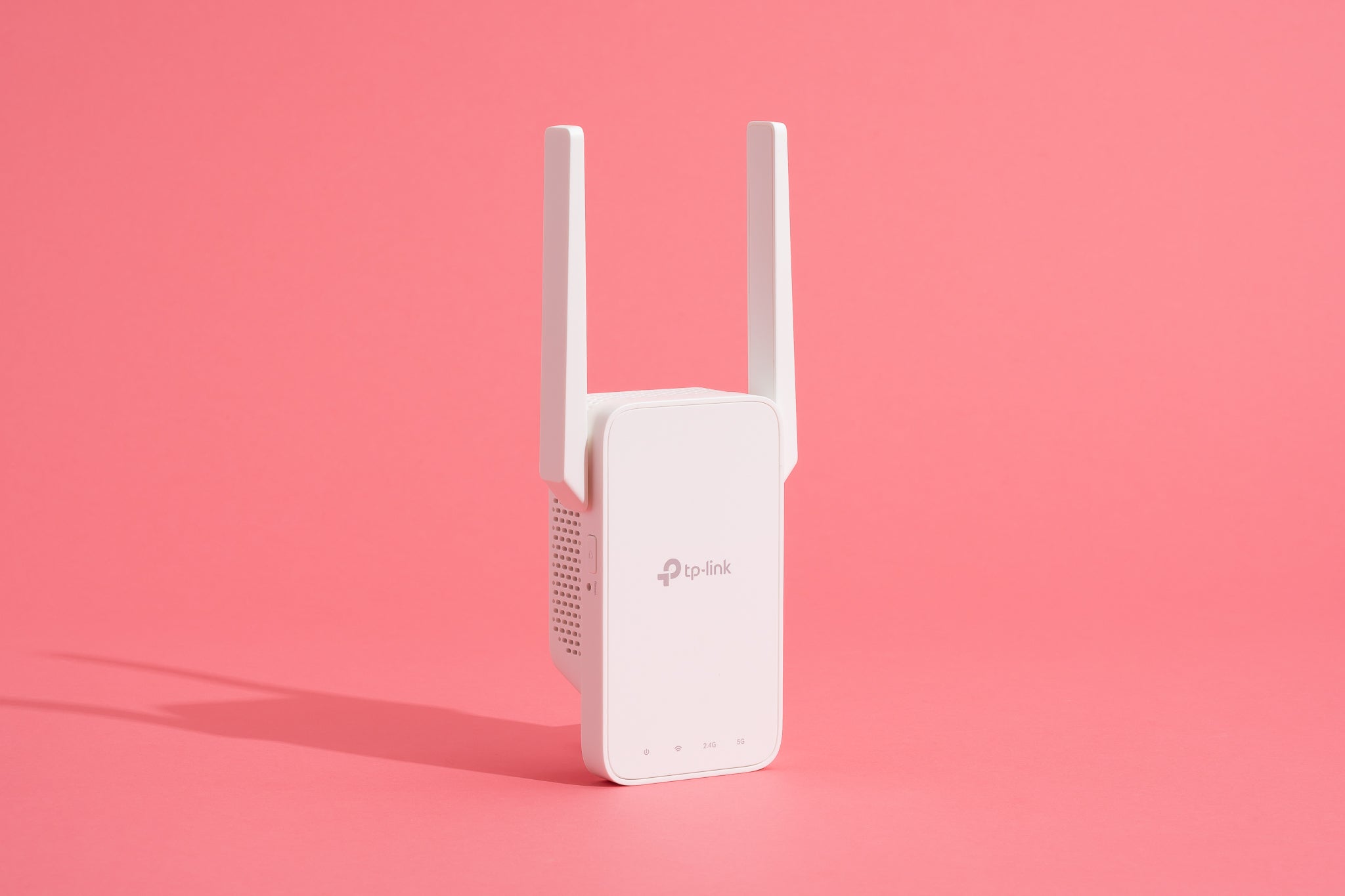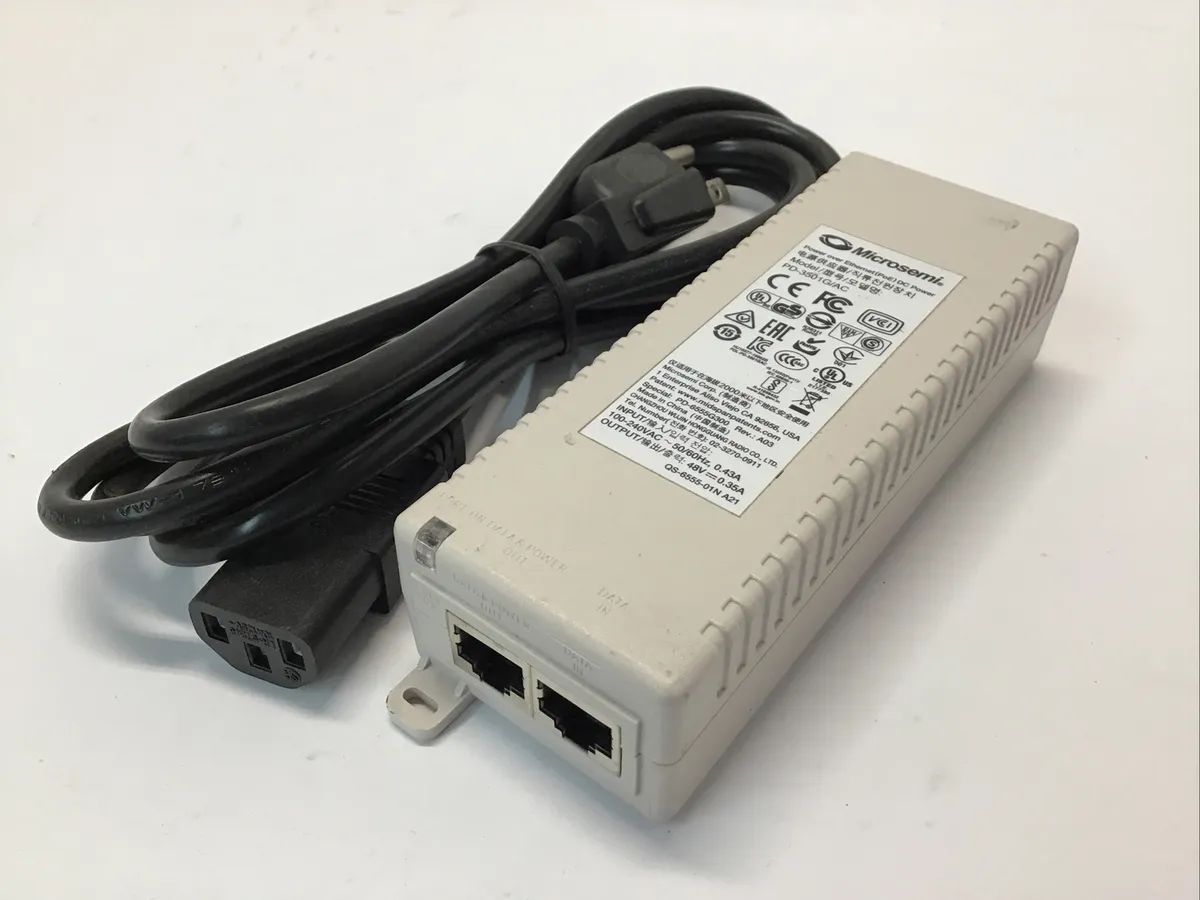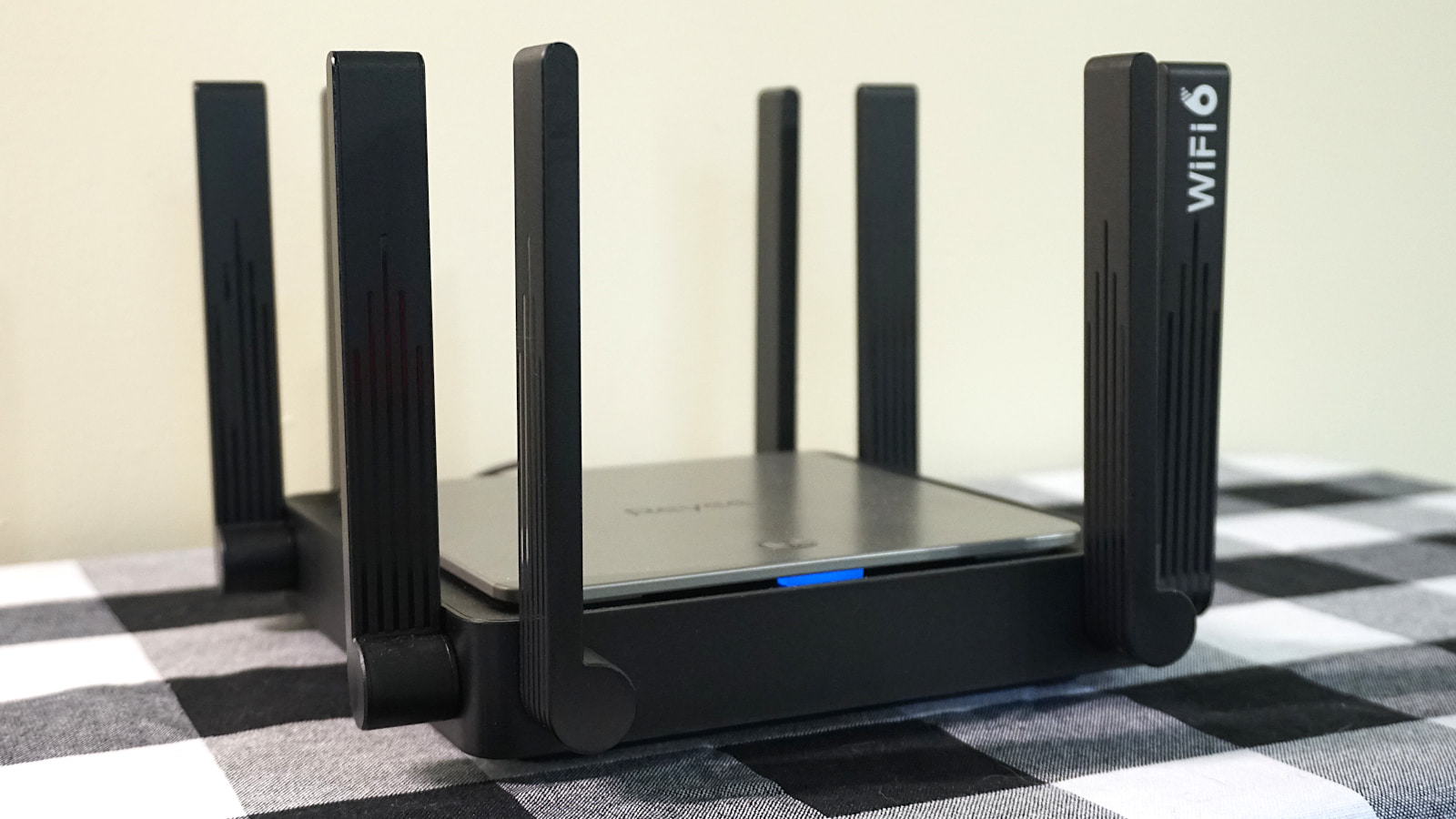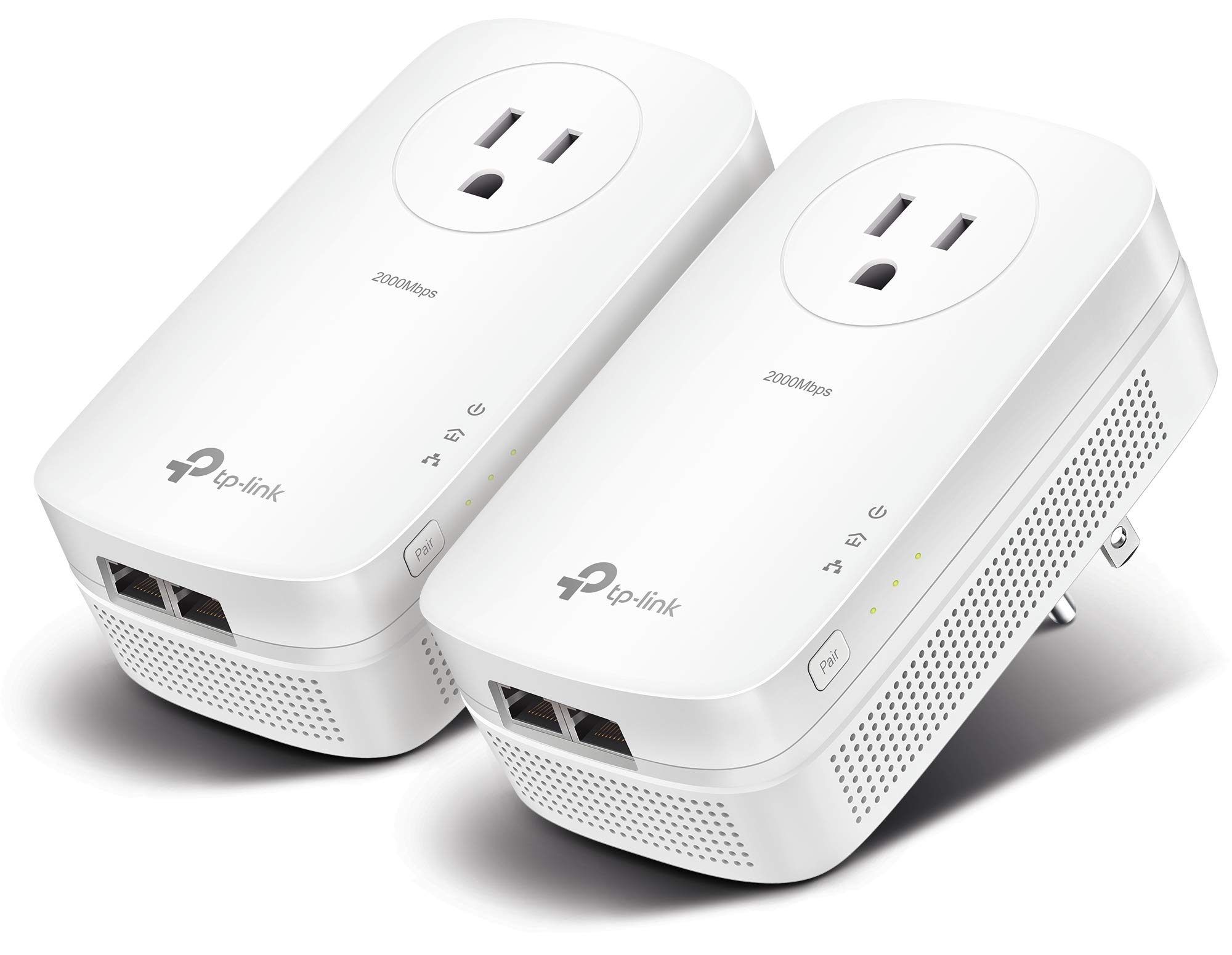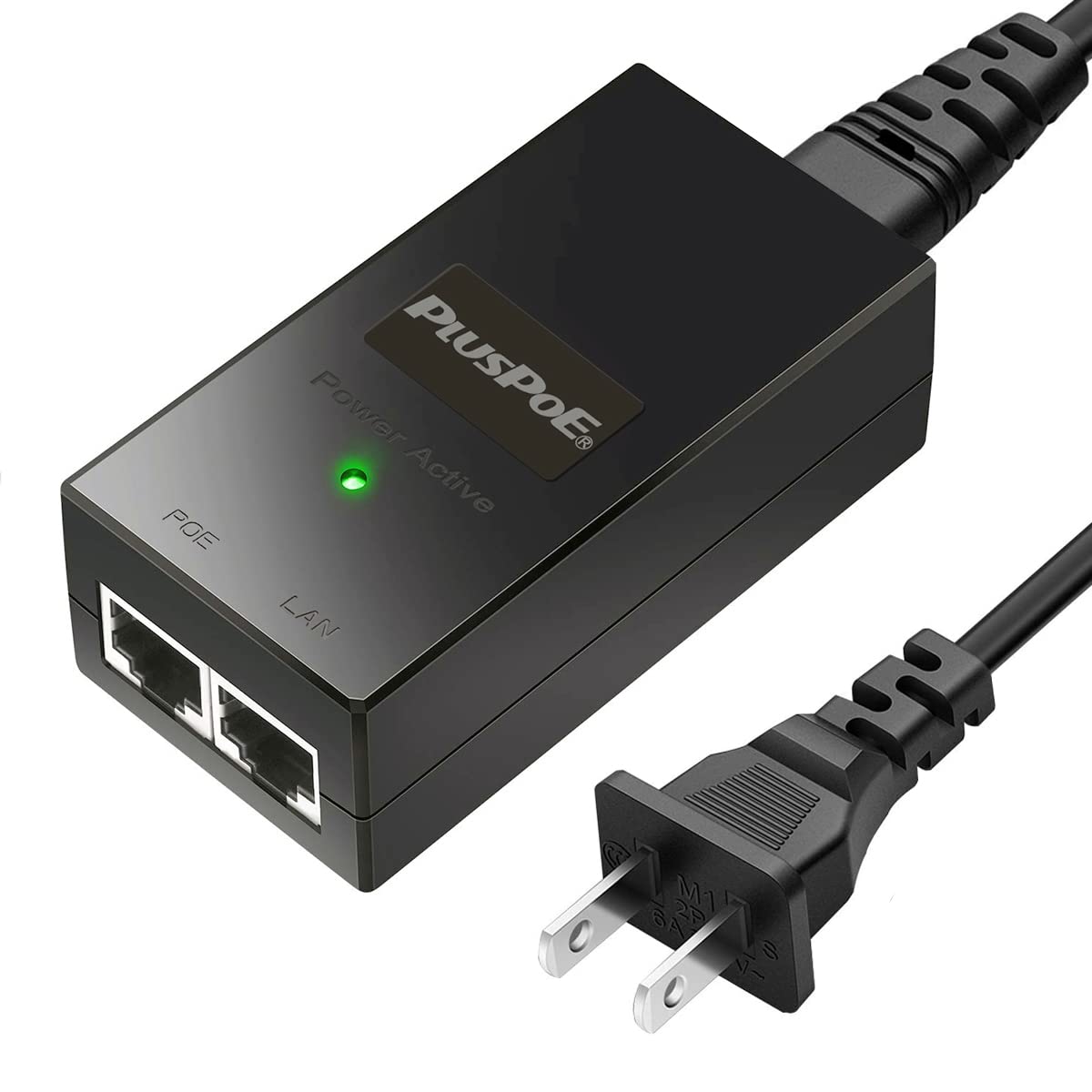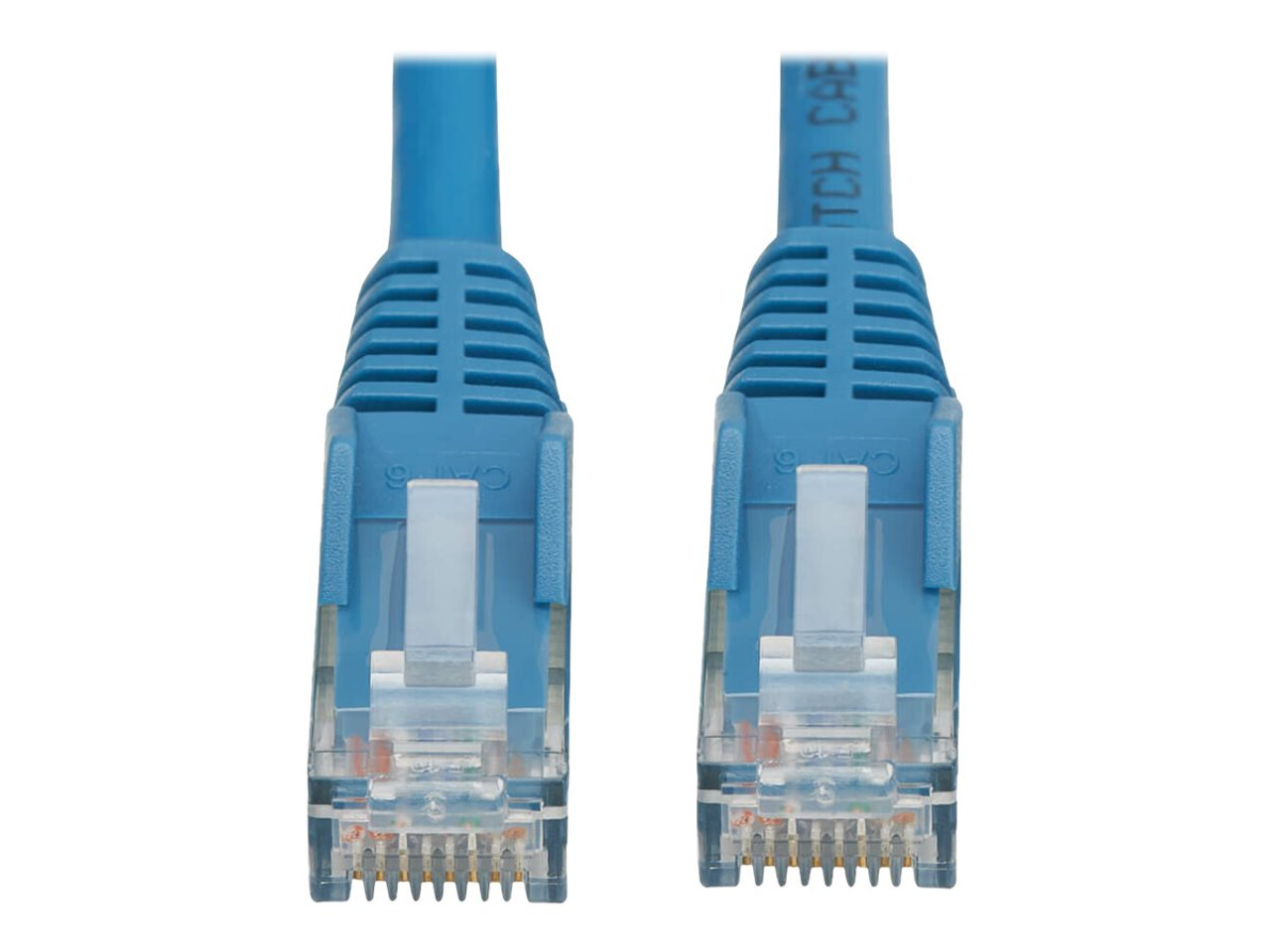Introduction
Understanding the Basics of Connecting a PoE Camera to a Standard Network Switch
Connecting a Power over Ethernet (PoE) camera to a standard network switch is a fundamental aspect of setting up a surveillance system. PoE technology allows for the simultaneous transmission of power and data over a single Ethernet cable, simplifying installation and reducing the need for additional power sources at the camera location. When integrating a PoE camera with a standard network switch, it's crucial to understand the compatibility and connectivity requirements to ensure a seamless and efficient setup.
In this guide, we will delve into the essential steps and considerations for connecting a PoE camera to a standard network switch. Whether you are a seasoned technician or a novice enthusiast, this comprehensive walkthrough will equip you with the knowledge and confidence to successfully integrate PoE cameras into your network infrastructure.
This guide assumes that you have a basic understanding of network components and terminologies. If you are new to the world of networking, fear not; we will break down the process into simple, digestible steps, allowing you to grasp the concepts effortlessly. By the end of this tutorial, you will be adept at connecting PoE cameras to standard network switches, paving the way for a robust and reliable surveillance system.
Let's embark on this enlightening journey, where we unravel the intricacies of PoE technology and network integration. Together, we will explore the seamless synergy between PoE cameras and standard network switches, opening doors to a world of enhanced security and surveillance capabilities. So, without further ado, let's dive into the realm of PoE camera connectivity and network integration.
Understanding PoE Cameras and Standard Network Switches
Before delving into the process of connecting a PoE camera to a standard network switch, it’s essential to grasp the fundamental principles of both technologies. Power over Ethernet (PoE) cameras are sophisticated surveillance devices that can receive both power and data over a single Ethernet cable. This eliminates the need for separate power sources at the camera location, simplifying installation and reducing costs.
Standard network switches, on the other hand, serve as the central hub for connecting various devices within a network. These switches facilitate the seamless transfer of data between connected devices, ensuring smooth communication and data flow. When integrating PoE cameras with standard network switches, it’s crucial to ensure compatibility and adherence to industry standards to guarantee optimal performance.
PoE cameras are designed to comply with IEEE standards, such as 802.3af and 802.3at, which define the power requirements and delivery mechanisms for PoE devices. Understanding these standards is imperative when selecting a compatible standard network switch, as not all switches support PoE functionality. It’s essential to verify that the network switch is equipped with PoE ports or features the necessary support for PoE injectors or midspans.
Moreover, PoE cameras come in various configurations, including indoor, outdoor, fixed, and PTZ (pan-tilt-zoom) models. Each type has specific power and connectivity requirements, and it’s essential to choose a standard network switch that can accommodate the power needs and data throughput of the connected PoE cameras. Additionally, factors such as network bandwidth, switch capacity, and network topology play a crucial role in determining the overall performance and scalability of the surveillance system.
By understanding the intricacies of PoE technology and standard network switch functionality, you can make informed decisions when selecting, deploying, and integrating these components into your surveillance infrastructure. With a solid foundation in the core principles of PoE cameras and standard network switches, you are well-prepared to embark on the journey of connecting these essential elements to create a robust and efficient surveillance network.
Steps to Connect a PoE Camera to a Standard Network Switch
1. Assess Compatibility: Begin by ensuring that the PoE camera and the standard network switch are compatible. Verify that the network switch supports Power over Ethernet and has PoE-enabled ports or the capability to integrate PoE injectors or midspans.
2. Gather Essential Equipment: Collect the necessary equipment, including the PoE camera, Ethernet cables, the standard network switch, and, if required, PoE injectors or midspans. It’s crucial to have the appropriate tools and accessories to facilitate a smooth installation process.
3. Determine Camera Placement: Identify the optimal locations for mounting the PoE cameras and plan the cable routes to the standard network switch. Consider factors such as camera coverage, cable length, and environmental conditions to ensure the cameras are strategically positioned for effective surveillance.
4. Connect the PoE Camera: Using Ethernet cables, connect the PoE camera to the PoE-enabled port on the standard network switch. Ensure that the connections are secure and that the cables are routed in a manner that minimizes potential damage or interference.
5. Power On the Network Switch: Power on the standard network switch to initiate the PoE power delivery to the connected cameras. Verify that the switch is operational and that the PoE indicators, if available, confirm the successful power supply to the PoE cameras.
6. Configure Network Settings: Access the network switch’s management interface to configure the network settings, including VLAN assignments, Quality of Service (QoS) parameters, and port configurations for the connected PoE cameras. Ensure that the switch settings align with the surveillance system requirements and network infrastructure.
7. Test Camera Connectivity: Once the PoE cameras are connected to the standard network switch and the network settings are configured, perform comprehensive testing to validate the connectivity and functionality of the cameras. Check for seamless data transmission, power delivery, and network accessibility for the PoE cameras.
By following these systematic steps, you can effectively connect PoE cameras to a standard network switch, establishing a robust surveillance infrastructure that leverages the power and versatility of PoE technology. This seamless integration sets the stage for enhanced security monitoring and surveillance capabilities within your network environment.
Testing the Connection
After connecting the PoE cameras to the standard network switch, thorough testing is essential to ensure the seamless integration and optimal functionality of the surveillance system. The testing phase involves validating the power delivery, data transmission, network accessibility, and overall performance of the connected PoE cameras.
1. Power and Data Verification: Begin by confirming that the PoE cameras are receiving power and data from the standard network switch. Check the camera status indicators or the switch management interface to verify the power consumption and data transmission rates for each connected camera. This step ensures that the PoE functionality is operational and that the cameras are effectively communicating with the network switch.
2. Network Accessibility: Test the network accessibility of the PoE cameras by attempting to access the camera feeds from a designated monitoring station or through the camera’s web interface. Verify that the cameras are accessible over the network and that the data streams are consistent and reliable. This step validates the network connectivity and accessibility of the PoE cameras within the surveillance system.
3. Quality and Resolution Testing: Evaluate the quality and resolution of the camera feeds to ensure that the video output meets the desired standards for surveillance monitoring. Assess the clarity, color accuracy, and overall visual fidelity of the camera feeds to confirm that the PoE cameras are delivering high-quality video output over the network.
4. Performance Stress Testing: Conduct performance stress testing by simulating high-traffic scenarios and assessing the PoE cameras’ ability to maintain stable data transmission and power delivery. This step involves monitoring the cameras’ performance under varying network loads and environmental conditions to identify any potential performance issues or bottlenecks.
5. Motion and Event Trigger Testing: Test the motion detection and event trigger capabilities of the PoE cameras to ensure that they can effectively capture and respond to predefined events and motion patterns. Verify that the cameras can generate alerts, trigger recordings, and execute predefined actions based on detected events, enhancing the overall surveillance functionality.
Thorough testing of the PoE camera connections to the standard network switch is pivotal in validating the reliability, performance, and functionality of the surveillance system. By meticulously assessing the power delivery, data transmission, network accessibility, and overall performance of the connected PoE cameras, you can ensure a robust and effective surveillance infrastructure that meets the security and monitoring requirements of your environment.
Conclusion
Connecting a Power over Ethernet (PoE) camera to a standard network switch is a pivotal step in establishing a robust surveillance infrastructure that leverages the efficiency and convenience of PoE technology. Throughout this guide, we have explored the essential considerations and systematic steps involved in integrating PoE cameras with standard network switches, paving the way for enhanced security monitoring and surveillance capabilities.
By understanding the fundamental principles of PoE technology and standard network switch functionality, you gain valuable insights into the compatibility requirements, power delivery mechanisms, and network integration aspects essential for a successful setup. The seamless synergy between PoE cameras and standard network switches empowers you to create a reliable and scalable surveillance system that meets the evolving security needs of diverse environments.
From assessing compatibility and gathering essential equipment to configuring network settings and conducting comprehensive testing, each step in the process contributes to the seamless integration and optimal performance of the surveillance infrastructure. The meticulous testing of power delivery, data transmission, network accessibility, and overall performance ensures that the connected PoE cameras operate reliably and effectively within the surveillance network.
As you embark on the journey of connecting PoE cameras to standard network switches, remember that attention to detail, adherence to industry standards, and a thorough understanding of network components are key to a successful integration. Whether you are setting up a small-scale surveillance system or deploying a comprehensive network of PoE cameras, the knowledge and proficiency gained from this guide empower you to navigate the complexities of network integration with confidence and expertise.
Ultimately, the seamless connectivity between PoE cameras and standard network switches opens doors to a realm of enhanced security monitoring, surveillance efficiency, and operational resilience. By harnessing the power of PoE technology and leveraging the capabilities of standard network switches, you lay the foundation for a surveillance infrastructure that not only meets the present security requirements but also accommodates future expansion and technological advancements.
So, armed with the insights and expertise acquired from this guide, you are well-equipped to embark on your journey of integrating PoE cameras with standard network switches, unlocking a world of possibilities in the realm of security and surveillance.







